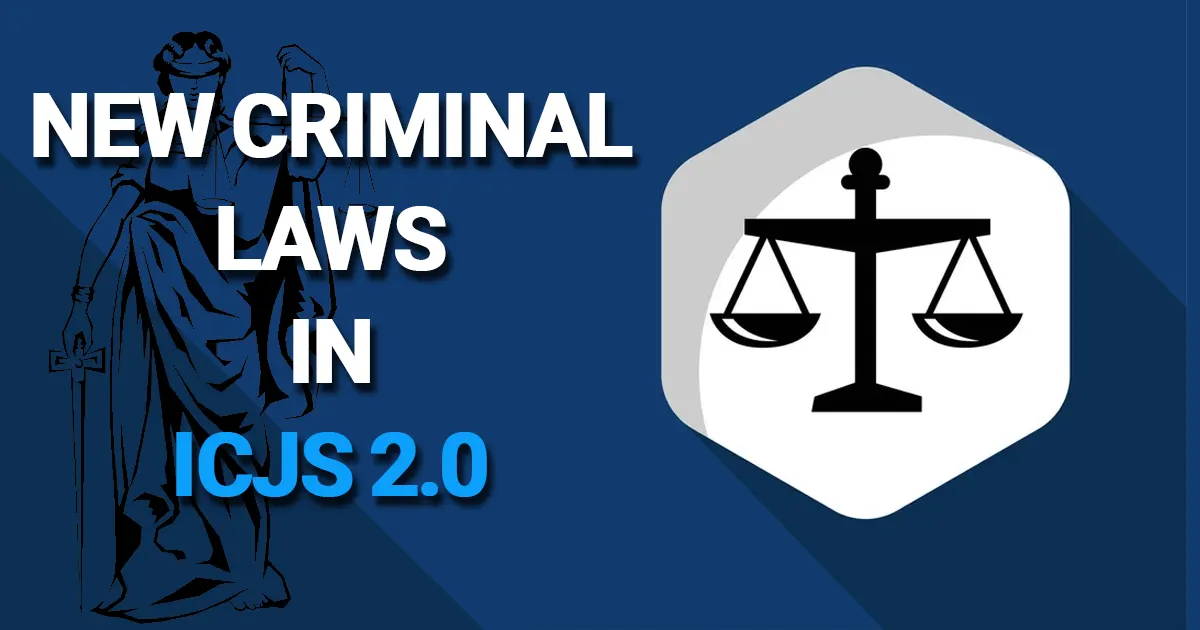GS 2 – Polity

The Ministry of Home Affairs has directed the National Crime Records Bureau (NCRB) to ensure the complete implementation of three new criminal laws under the Inter-operable Criminal Justice System (ICJS) 2.0.
Key Highlights
- Focus Areas:
- States and Union Territories must prioritize applications like eSakshya (evidence management), Nyaya Shruti (electronic judicial proceedings), eSign, and eSummons.
- Alerts should be generated at key stages of criminal cases to speed up investigations.
- Enhanced Data Platform:
- NCRB will develop a comprehensive data platform to support investigation officers and other stakeholders in the criminal justice system.
About ICJS
- Concept: Developed by the Supreme Court’s e-Committee, ICJS aims to enable seamless data sharing between different components of the criminal justice system.
- Objective: Achieve “one data, one entry” for efficient integration.
- Components:
- Crime and Criminal Tracking Networks and Systems (CCTNS).
- e-Courts, e-Prisons, forensic labs, fingerprints, and prosecution databases.
- Implementation: Led by NCRB with support from the National Informatics Centre (NIC).
- Timeline:
- Phase-I: 2018–2022.
- Phase-II: 2022–2026.
Other Initiatives in Criminal Justice Technology
- Safe City Project: Launched in 8 cities to enhance smart policing.
- National Automated Fingerprint Identification System (NAFIS): Enables quick and accurate identification of individuals.
- DNA Analysis Units: Strengthened in central and state forensic labs.
- Common Integrated Police Application (CIPA): Automates processes in police stations for better efficiency.
These initiatives aim to modernize the criminal justice system through technology, improving efficiency and transparency.




